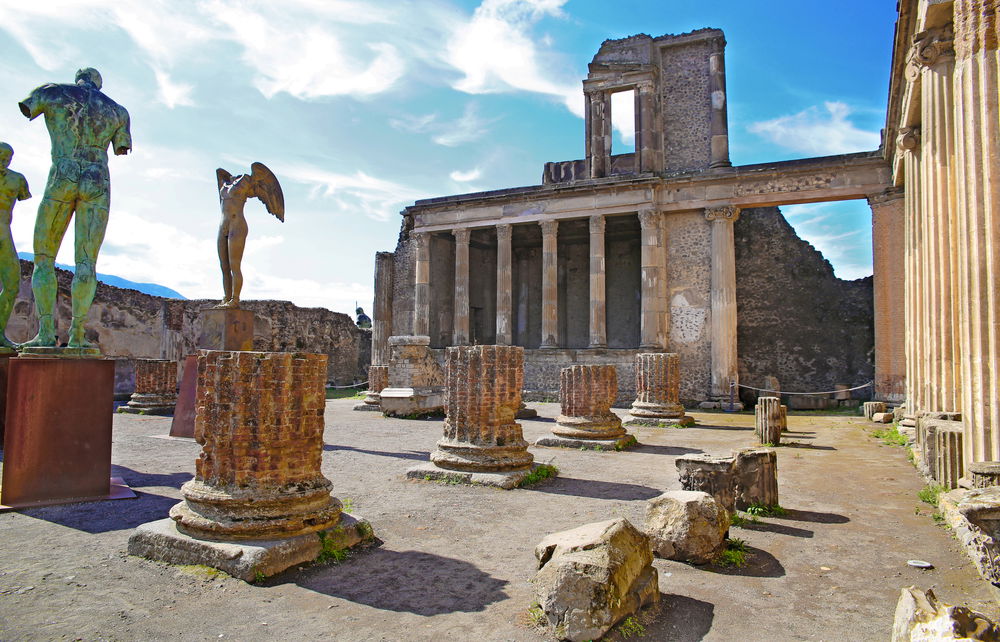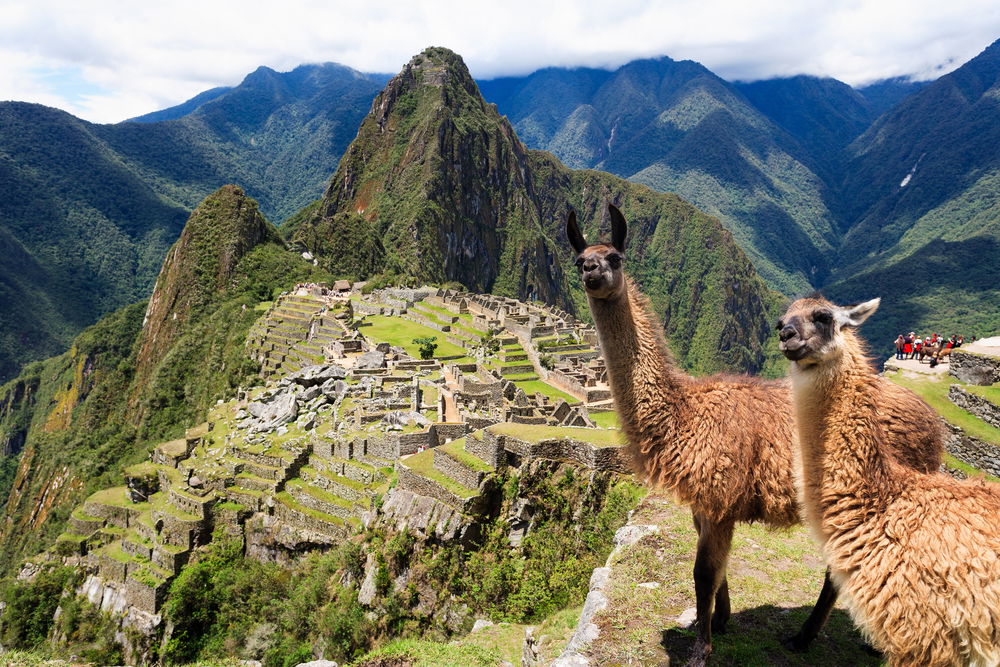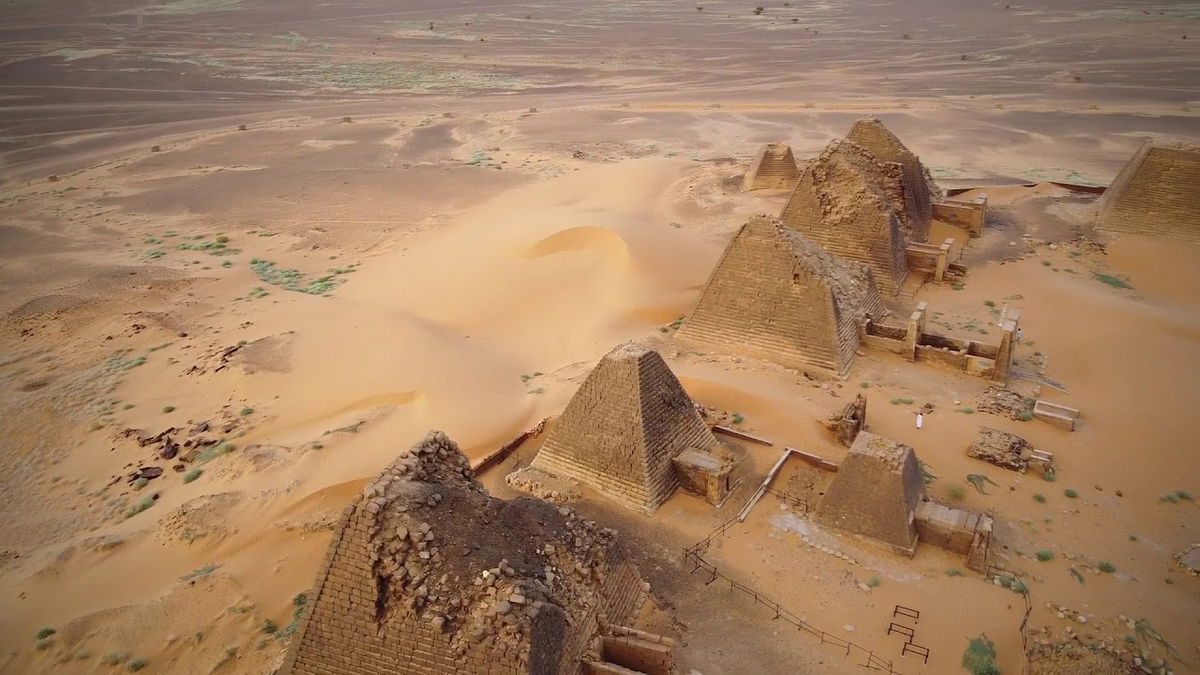13 Of The World’s Most Fascinating Lost Cities (3 of 3)
Advertisement

Pompeii, Italy
The eruption of Mount Vesuvius in 79 CE caused the entire city of Pompeii and all its residents to be caught in the magma and ash. The city laid undisturbed until 1592, but no real digging took place until 1860. The things that were found underneath the centuries old ash were haunting to say the least, but you can now visit the site at Pompeii if you’d like to.

Angkor Wat, Cambodia
Angkor Wat wasn’t lost for that long, to be honest. It was a sprawling capital of the world in the 12th century, and was all but abandoned in the 1800s after losing most of its political importance. Considering how it was rediscovered in 1860, I think it’s safe to assume that we didn’t miss any huge chunks and bits of Angkor Wat’s history when it was rediscovered.

Machu Picchu, Peru
One of the most important places in Inca culture, Machu Picchu served as its royal estate, by lack of a better word. It was only discovered by non-locals in the early 20th century when it was thought to be the city of Vilcabamba. In the 1960s it was finally proven that Machu Picchu and Vilcabamba were in fact very different cities. While the city was lost for most of its existence, it suffers from a huge tourist problem in the last few decades.

Napata and Meroë, Sudan
The Gizeh pyramids are certainly a sight to behold, but these Nubian pyramids hailing from the Kushite Kingdom are nothing to scoff at either. The three Kushite kingdoms used their pyramids much like the Egyptians to bury their kings and queens. Once the Egyptians took over the cities in 300 CE, they were abandoned and forgotten almost instantly.